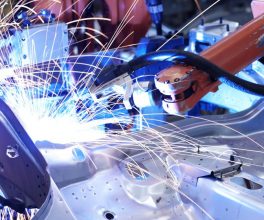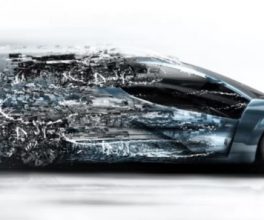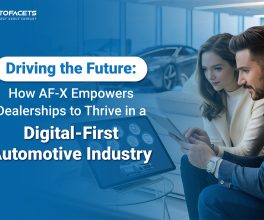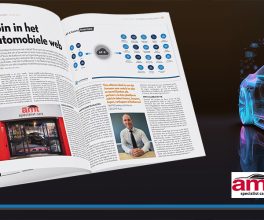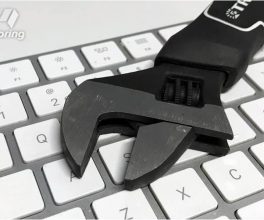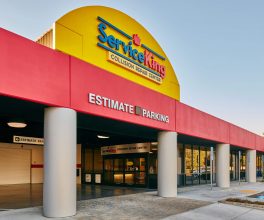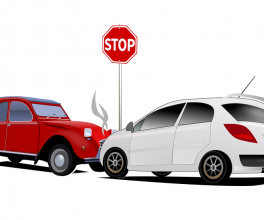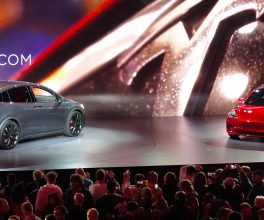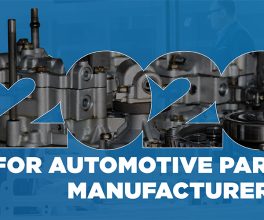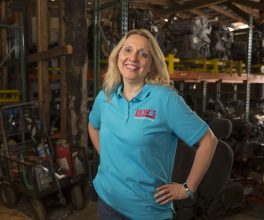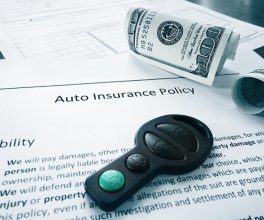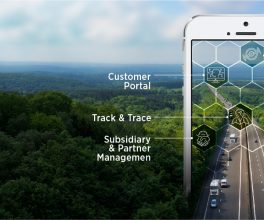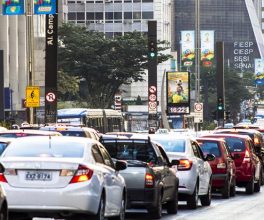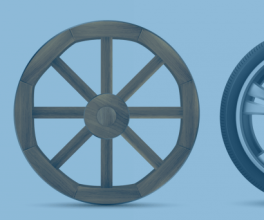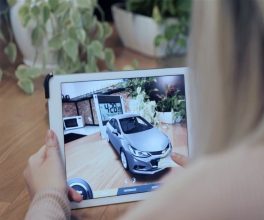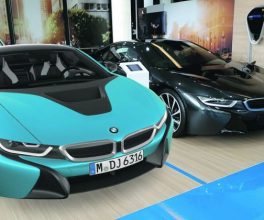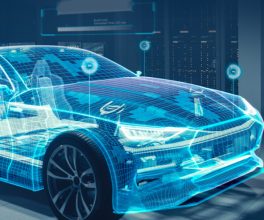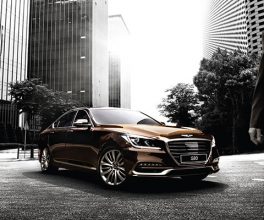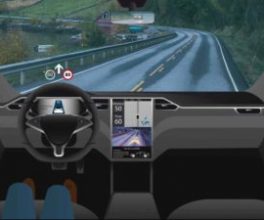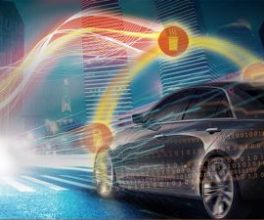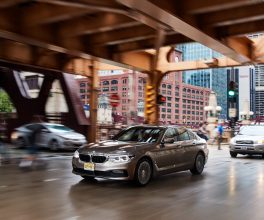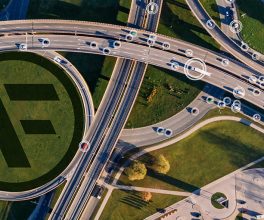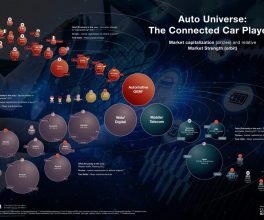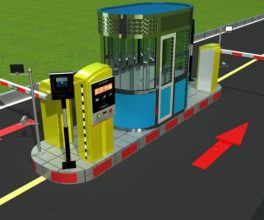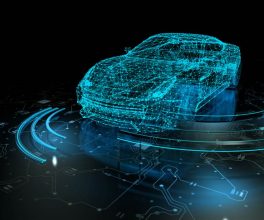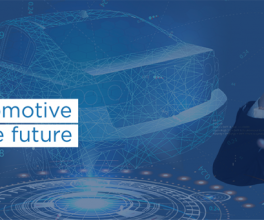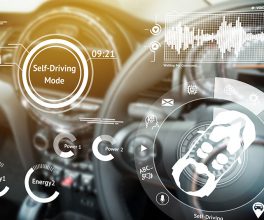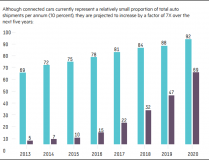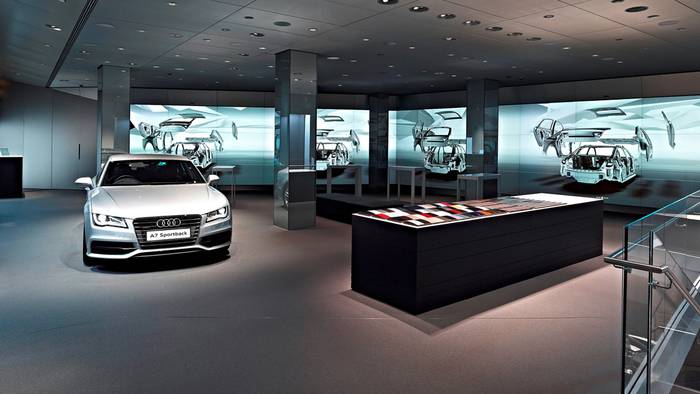Imagine this: you are driving your new Audi R8 along the Californian coastline at sunset, through the panoramic roof you admire the passing clouds – you lean deeper back into the red leather contoured sport seat, the black dashboard matching the shiny black coated hood reflecting the last rays of sunlight. You feel a prickle of excitement as you steer effortlessly through bends along the coast. It feels good. You smoothly stop the car, and subsequently exit. All of a sudden you snap back – you are in Canary Wharf in London, the financial capital of Europe. It’s lunchtime, in 20 minutes you need to be back at your desk for a conference call with Wall Street to start off the afternoon. You take one last look at the dream machine you were test driving on a simulator in your local dealership; all while the customer relationship manager smiles and tells you, “Rupert, I’ll send you the QR code, so you can review the specs of your model at leisure. I know you are still undecided about the interior colour and trim. Just play around with the configurator. By the way, I have booked a real test drive for you on Saturday which will be held at your home. My sales guy will drop off the car.” Rupert is pleased by the options offered and crosses his fingers that his bonus comes in – and that the spin around the Cotswolds over the weekend will do the trick with Martina, his wife.
Although today Rupert would not be able to drive his digital dream machine through virtual landscapes, digitised flagship stores are already a reality. Forget your brick and mortar suburban dealerships, displaying 150 cars in the forecourt so often seen in US – flagship stores next to streets that also contain stores like Gucci and Tiffany will transform the way we experience and buy cars. Dealerships are changing in format, size and concept – there is an increased emphasis on developing flagship or completely digital retail stores in heart of city centres, where the brand meets the customer in his own living and working environment – the city.
The car industry is finally waking up to the realisation that what happened to brick and mortar stores in the publishing and electronics industries is now on their doorsteps. In 2009, only 4 per cent of all retail sales (across all product lines, except fuel stations) globally were online. A trend that accelerated to about 11 per cent of all sales in 2011 and is expected to be around 13% – 15% when 2013 data is finalized. In certain industries, like publishing & entertainment, the leading retailers already collect over 50% of their revenues online, which has forcibly shut down major brick and mortar stores (like Borders in the US) that have failed to follow the trend.
While some car companies are going down the route of online sales, others are opening flagship stores in city centres (e.g. BMW and Daimler DDAIY +% in London and Paris) or even experience stores, that create a buying experience similar to a coffee shop, like in case of Lexus’s store in Tokyo. However, the most interesting of them all is Audi with its new Audi City.

These urban stores will also be unique in their setup and use of technology. They will be “unlimited,” “connected,” “socially integrated” and will make the online and offline experience seamless. Although physically displaying only three to four cars (versus around 15 to 50 cars in a conventional dealership) these future dealerships will have a virtually unlimited retail space: aided by digital tools, such as interactive full-sized power wall configurators, which will be possible to display an entire model line-up, past current and future – with an infinite number of optional configurations. Customers will be able to create virtual cars and transfer them to the full-sized power walls to experience them on a 1:1 scale, such as how it is done on the previously-mentioned Audi showroom. Furthermore, as with the virtual vehicle on-board experience (which is expected to be part of the digital showroom in the near future) comes the reality of driving these customized cars through virtual landscapes.
Featuring different degrees of digitisation (from 1:1 scale wall-sized digital screens as seen in Audi to personalised displays on tablets and iPads as used by Nissan), Frost & Sullivan estimates that around 100 city flagship stores will be opened by car makers globally by the end of the decade. This new breed of urban dealerships is expected to record an extraordinarily high number of visits and become a one-stop-shop aimed at providing a unique brand experience. The digital flagship store will not only be a platform to experience or buy vehicles during your ‘lunch break’, but also to sell vehicles and to drive leads into conventional dealerships. The dealership network as we know it now will change dramatically within the next few years.
A challenge posed by this change for car companies is the migration of the so-called ‘online/offline customer experience’. Nowadays the average number of showroom visits a customer makes before a new car purchase is on an average of 1.4 – down from four visits. Customers walk into a dealership with their homework done. They will have browsed websites, read reviews, visited social networks and community forums – and at that point, the role of the dealer will no longer be that of an information source, but that of a product experience provider. In order to avoid an anticlimax, dealers and vehicle manufacturers need to collaborate and facilitate a seamless transition from the online to the offline (dealership) experience.
So, is it a matter of time before the likes of Rupert will create and order their virtual dream car over lunchtime to have it delivered via Amazon.com AMZN +0.42% in a big card box or through an unmanned aerial vehicle? Or will we dispense of showrooms and dealerships altogether and shop for our next car online?
As for Rupert, his sassy R8 will remain a virtual reality. But that decision was due to Martina, not digitisation.
Sarwant Singh is a futurist and thought leader in the Automotive and Transport area. He is well known for his research on Mega Trends and has pioneered the “Macro to Micro” approach of identifying uncontested market space opportunities across industries.

